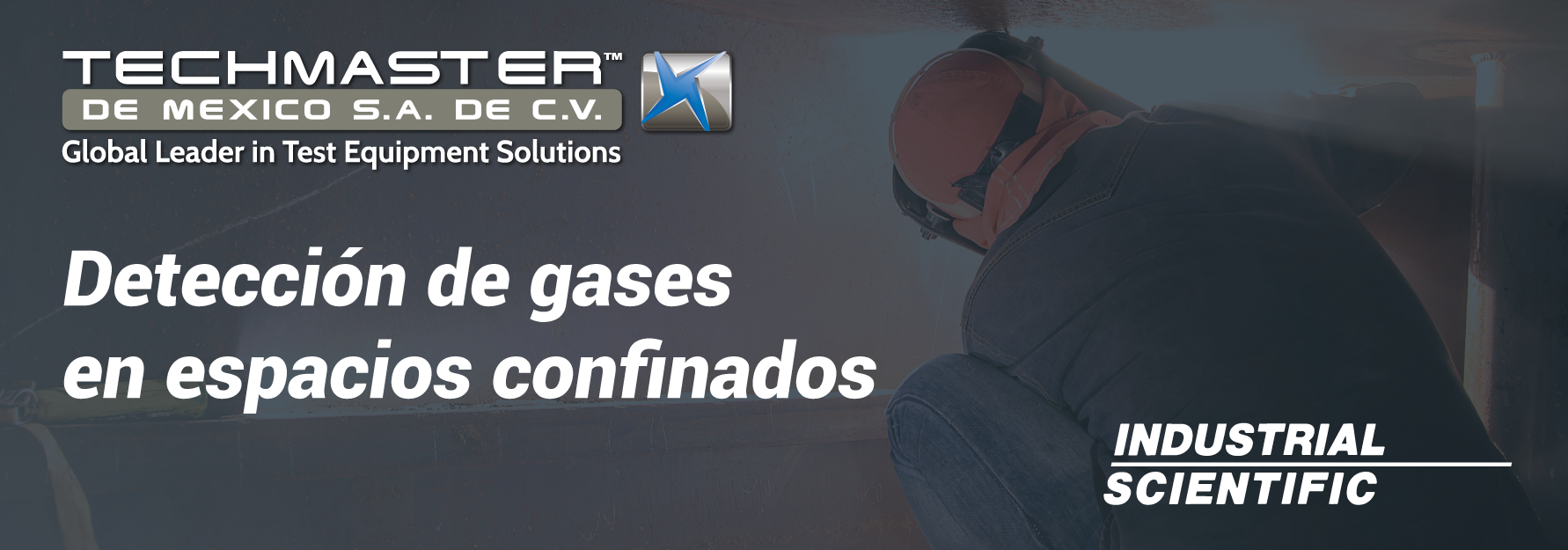Confined spaces are common in several different industries, these can have different characteristics but all have the potential to contain invisible gas hazards that can affect you before you understand what happened.
Confined spaces have the following characteristics, these areas are:
- They are large enough for one person to fully enter and perform the worked.
- Have limited or restricted inputs and outputs.
- They have not been designed for continuous occupancy by one person.
Some examples of confined spaces could be:
- Storage tanks
- Sewers
- Ship holds
- Underground Utility Vaults
- Underground Storage Areas
- Boilers
- Sinks
- Pipes
- Tank trucks or rail cars
- Silos
- Digesters
- Pits
- Wells
- Machinery Cabinets
These confined spaces typically contain or could contain a hazardous atmosphere. This can overwhelm those who enter. These could be trapped or suffocated by the atmosphere, walls or floor converging internally.
And they can even be in danger and suffer damage to their health.
According to Industrial Scientific statistics, 60% of deaths in confined spaces occur when a person is trying to save a colleague.
Companies belonging to Industries such as Chemistry, Food and beverages, those that make use of Hazardous Materials, Pulp and paper, as well as those that respond to Fires and emergencies. And those who provide public services of Electricity, Gas, Water treatment and solid waste must know and implement the use of equipment that allows detecting gases in confined spaces.
To minimize risk, Industries need a thorough plan for confined space entry and the right gas detectors for the job.
Here we will address some of the best practices for detecting gas hazards in confined spaces. This guide is useful for companies to take best practices and complement them with your company’s security policies, to create a well-delineated confined space entry plan that ensures your people return home safely every night.
It is important first to know the dangers that can be faced in confined spaces, as well as the types of gases and above all that gas detectors can be useful.
The most frequent atmospheric hazards are oxygen deficiency, oxygen enrichment, combustible gases, and toxic gases.
Depending on the region where you are the regulations on confined spaces may be different, it is important mainly to base yourself on those regulations. And each of the companies must have a plan for entry, permanence and exit of these spaces. 335551620":6,"335559739":160,"335559740":259}”>
In turn, they must know what atmospheric hazards exist in the spaces, know when atmospheric tests should be carried out, the order in which the hazards should be evaluated and, of course, know and have the equipment to be used to detect hazards.
Some of the gases to be detected and tests to measure oxygen levels, flammable gases, vapors and toxic air pollutants. They must make sure that their employees know all this.
You must Train your team
Training equipment operators to enter confined spaces safely is critical, but often overlooked. In fact, a study by the National Institute for Occupational Safety and Health (NIOSH) revealed that 85% of deaths in confined spaces involve people who have not been trained.
Training includes procedures to follow, how to use gas detection equipment properly, and how to interpret readings.
Perform functional tests and calibrate
You should know the essential tools you need for gas detection and monitoring. This equipment must be calibrated on a monthly basis, as not doing so can create a risk when entering a confined space without a gas detector that alerts you to deadly dangers.
Ingress Hazard Monitoring
Atmospheric conditions in confined spaces can change rapidly, so it is very important that employees use a direct reading personal gas detector that monitors gas levels continuously. < /span>
Direct reading monitors such as the Ventis® Pro5 not only tell workers if the atmosphere of a confined space is safe, but also the level of safety. Is the oxygen concentration just above 19.5%, or is there enough margin to allow work to continue safely?
You can further enhance security by using connected monitors, such as the Ventis® Pro5 or the Radius® BZ1, which allows monitors to share gas readings and alarms wirelessly, so the attendant always knows exactly what’s happening inside the confined space. If conditions begin to tip toward danger, workers will be prompted to exit the confined space safely.
Oxygen level monitoring
Since low oxygen is a significant cause of death in confined spaces, it is important that you measure oxygen levels continuously.
The minimum “safe level” of oxygen in a confined space is 19.5%, while the maximum “safe level” of oxygen in a confined space is 23.5%.
If the oxygen concentration in a confined space exceeds 23.5%, it means there is excess oxygen that could cause combustible gases to ignite.
It is important to mention that low oxygen levels can affect judgment and coordination. Extremely low oxygen levels cause nausea, vomiting, and loss of consciousness.
| Oxygen by volume | Impact on workers |
| 23.5% | Oxygen enrichment; extreme fire risk |
| 20.9% | Air oxygen concentration |
| 19.5% | Minimum “safe level” |
| 16% | Disorientation, impaired judgment and breathing |
| 14% | Poor judgment and sudden tiredness |
| 6 % | Difficulty breathing; death occurs in minutes |
Combustible Gas Monitoring
For the gases to go to combustion they need enough oxygen. The oxygen level of a confined space can give you an idea of the concentration of combustible gases. There are two levels to pay attention to when measuring combustible gases:
Lower Explosive Limit (LEL):
It is the lowest concentration of a gas in the air that can cause combustion or generate a flame when combined with an ignition source.
Upper Explosive Limit (UEL):
It is the highest concentration of a gas in the air that can cause combustion or generate a flame when combined with an ignition source.
Safer Confined Space Rescues
60% of deaths in confined spaces are potential rescuers or people who die while trying to help another person.
To reduce this risk, opt for connected gas detectors.
Industrial Scientific’s connected gas detectors, the Ventis Pro5 and Radius BZ1, feature wireless connectivity allowing gas, man down and panic alarms to be shared from one monitor to another
This technology has been designed so that, as soon as the equipment is turned on, it automatically connects with other monitors on the same network, to share the gas readings inside a space confined to monitors outside that space.
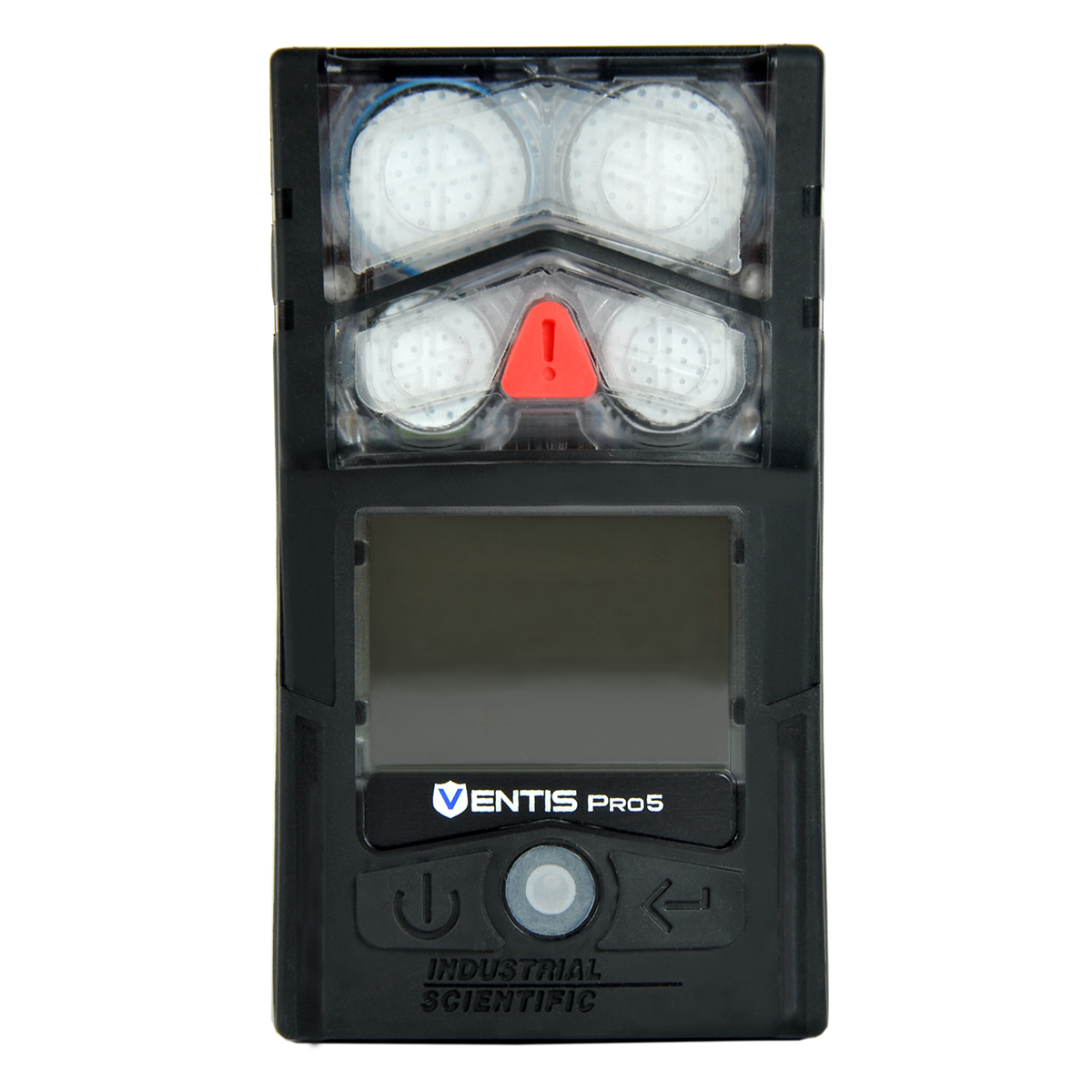
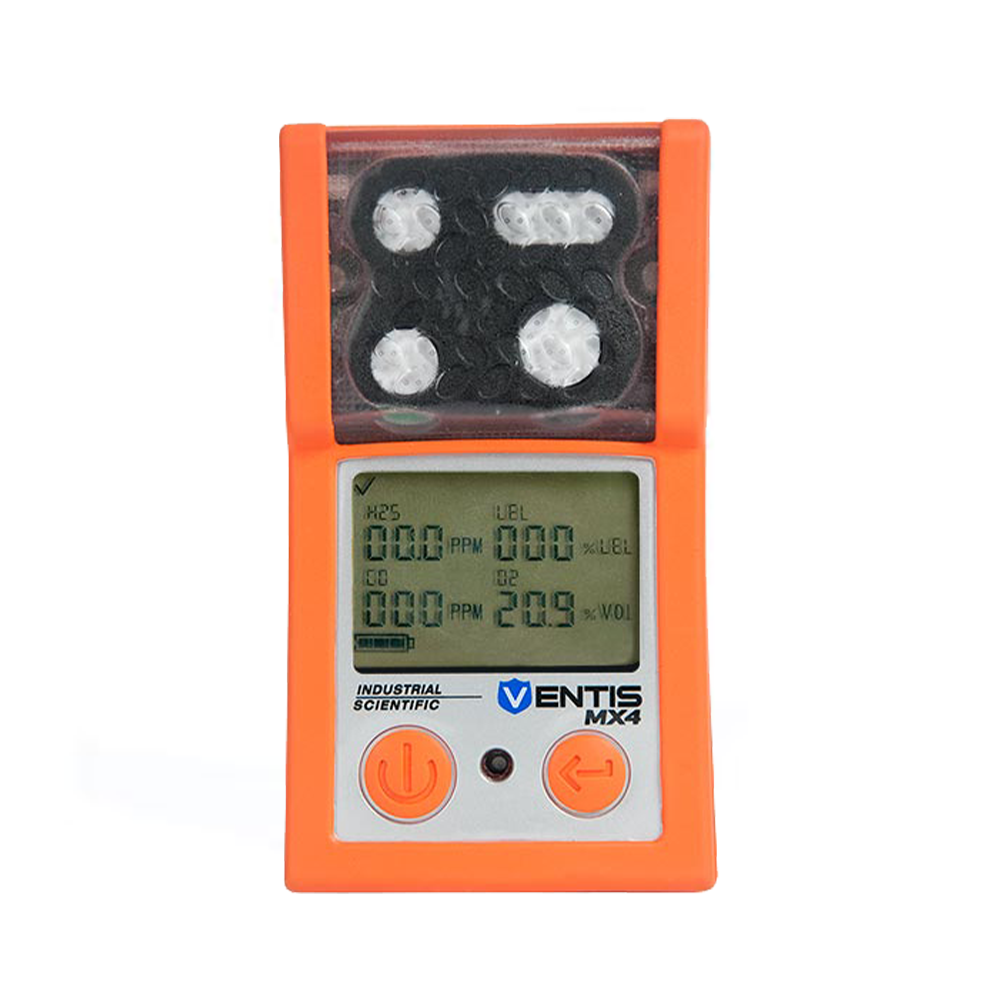
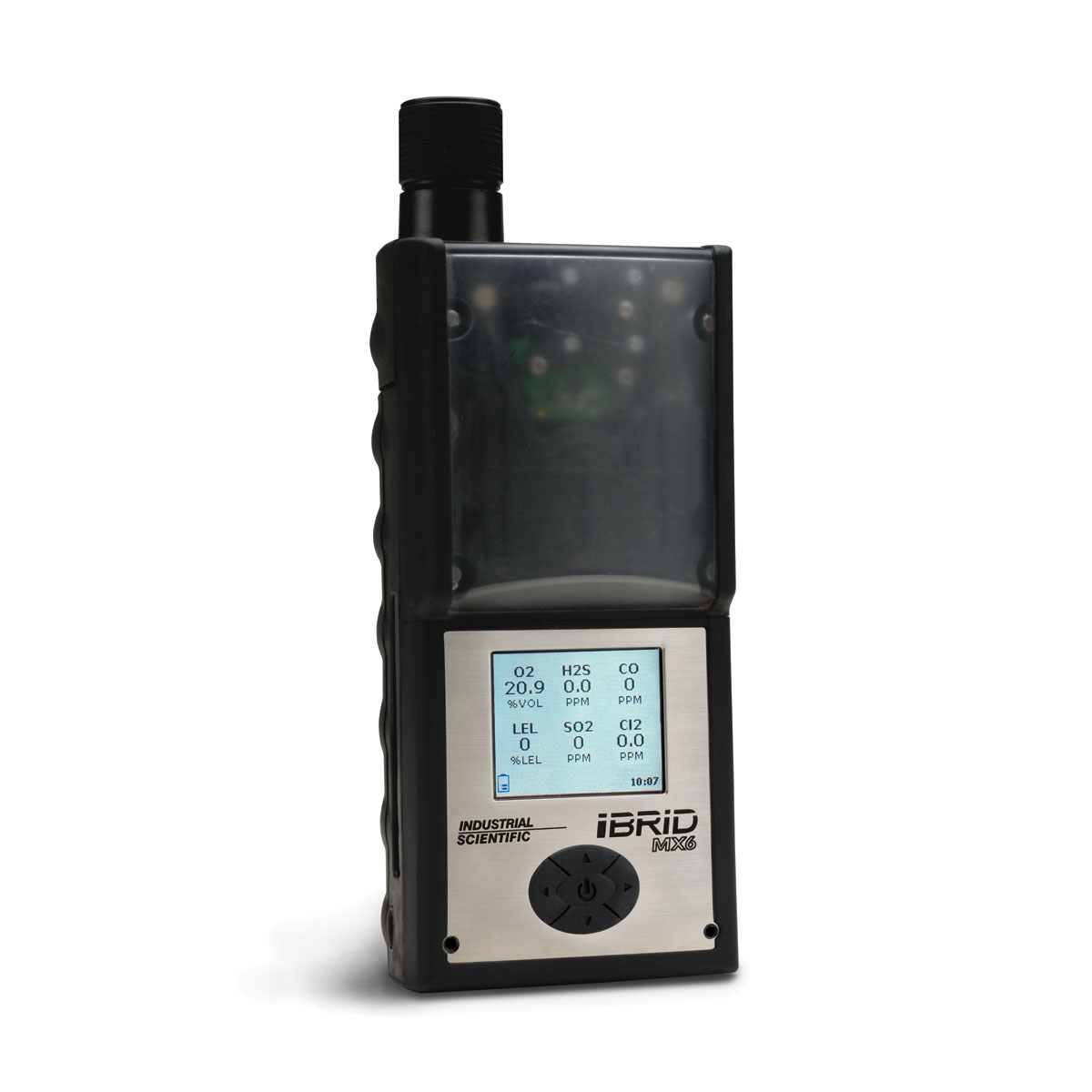
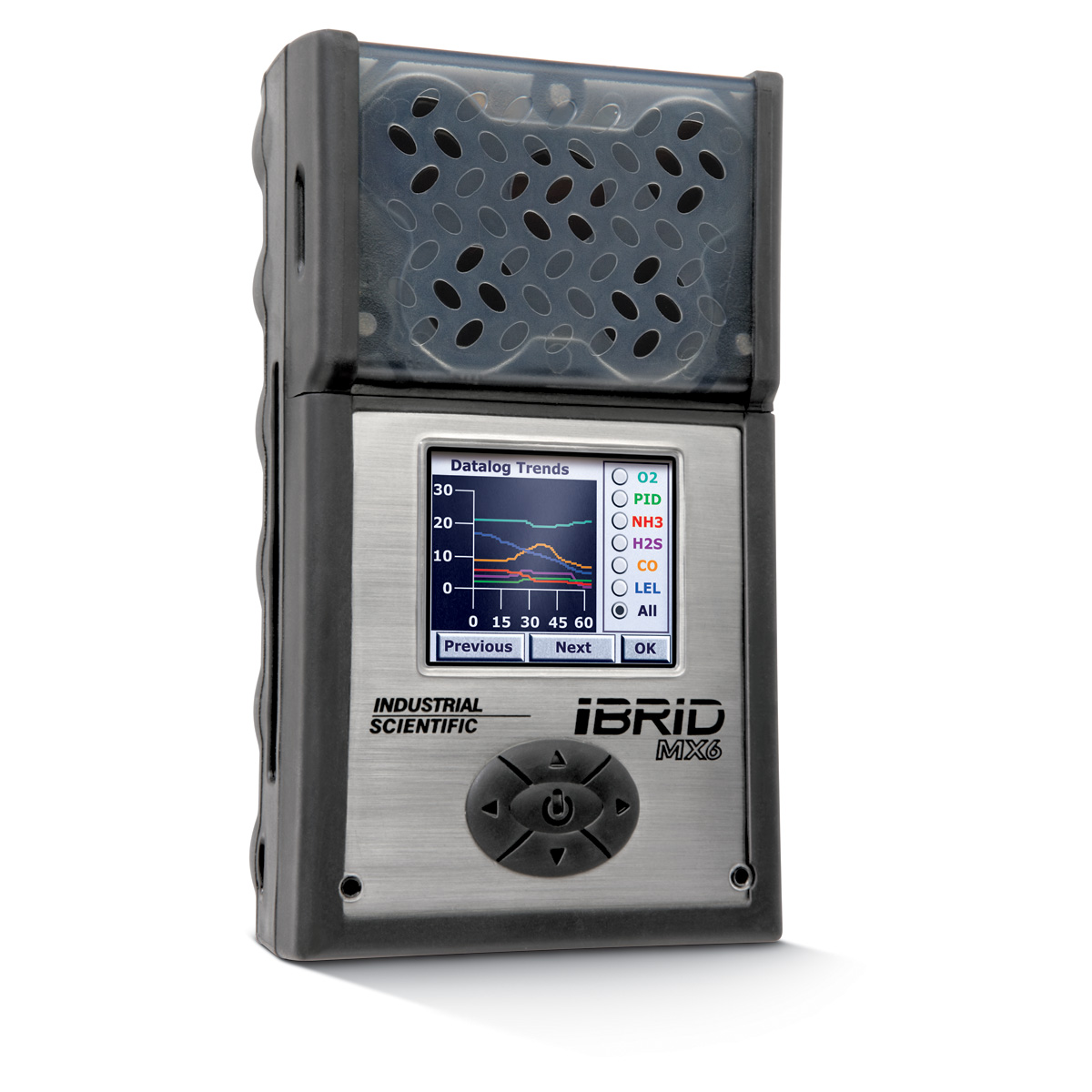
Learn about the best personal gas detectors for confined spaces
Ventis® Pro5 Multi-Gas Monitor
The Ventis Pro5 Multi-Gas Monitor offers flexible sensor options to detect up to five gases. The Ventis Pro5 includes a man down alarm, panic button, customizable alarm action messages, and LENS® Wireless peer-to-peer connectivity.
Ventis® MX4 Multi-Gas Monitor
The Ventis MX4 is a four gas monitor with the portability and size of a single gas monitor. Designed to be extremely rugged, yet lightweight and easy to carry, the Ventis MX4 offers reliable gas detection in a small package.
MX6 iBrid Six Gas Monitor
The MX6 iBrid® is a six-gas monitor offering hundreds of possible sensor combinations and an extensive list of available configurations. The MX6 iBrid provides the advanced gas detection you need for sampling and permitting, and performs well in industries such as oil and gas, petrochemicals, and metals production.
Meet the monitor for area monitoring and live monitoring for confined spaces
If you work in Industries such as Chemical, Food and Beverage, Hazardous Materials, Pulp and Paper, Fire and Emergency Response, Electricity, Gas, Water and Waste Treatment request information to know and implement the use of equipment that allows detecting gases in confined spaces now.

Radius® BZ1 Area Monitor
The Radius BZ1 Area Monitor allows you to monitor up to seven gases simultaneously. Create perimeters and delineate adjoining areas to identify leaks or spills and protect safe zones. Know what’s happening from a safe distance, thanks to LENS Wireless peer-to-peer connectivity, loud and clear alarms, and extra-large display.
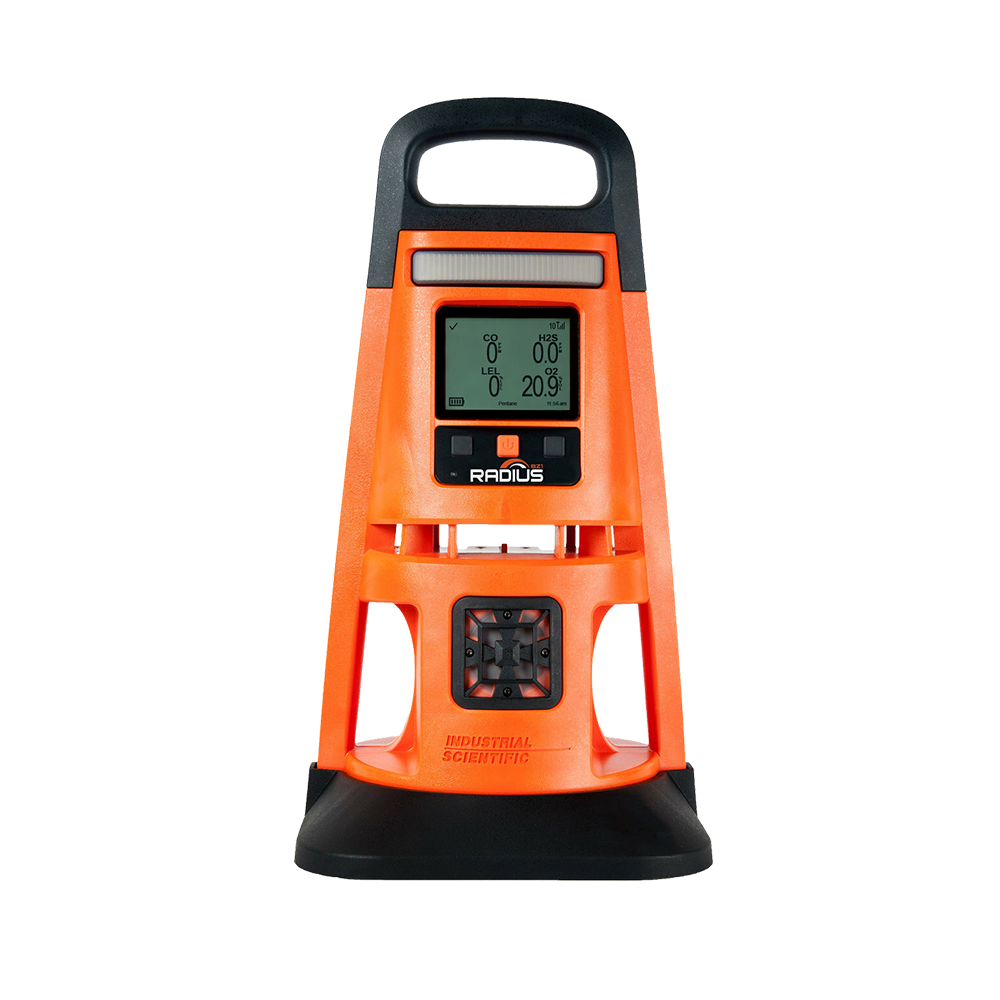
iNet® Now live monitoring software
iNet Now live monitoring software provides real-time text and email alerts for gas hazards, man-down and panic situations, so you can see a map of activity and respond to incidents as they happen . iNet Now offers full visibility into your plant making it easy to manage safety and productivity.












